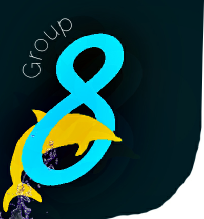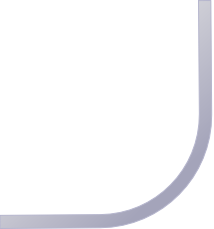
Falmouth Group 8

DISCLAIMER! This website does not necessarily reflect the views expressed by the National Oceanography Centre or any of its staff.
Survey Instruments and Methods Used
The rosette frame was equipped with five 5L bottles (1 GO, 4 ***), a flourometer, a transmissometer and a CTD. The frame was lowered through the water column at every station, collecting data on salinity, temperature, fluorescence, transmissivity and depth, which were then plotted against depth. Once the frame had reached the lowest depth in the water column, the plots were analysed and depths at which niskin bottles were to be fired were chosen. These were executed as the frame was recovered back to the surface.
CTD and Secchi disk Method
Chemistry Sampling
Once the water bottles on the rosette frame were recovered to deck, samples for dissolved O2, chlorophyll, silicon, nitrate and phosphate were taken from each bottle from each designated depth.
ADCP Transect
A transect was plotted over the area where the sidescan survey was previously carried out, with the intention of gathering data on the subsurface currents to reinforce the theories developed on the habitat map. This transect ran from the start of the first sidescan transect (50 09 303N, 004 58 146W) and finished at the end of the last transect (50 09 735N, 004 57 656W).
Plankton drop net
At every station, the fluorescence vs depth plot was analysed and depths with high fluorescence levels were chosen to be sampled with a 200µm plankton drop net. This net was dropped to a depth just below the peak in fluorescence and pulled through. The net was then closed with a messenger once it had passed through the area of high fluorescence and pulled to the surface. At the surface, the net was washed with seawater from the outside, ensuring that all plankton trapped by the net were washed into the bottle at the bottom of the net. The sample was then placed in a labelled bottle and formalin solution was added to preserve the recovered species.
Lab Methods
Refer to methods done for estuary lab.


